January Walking Tour - Winter Respite
January 3, 2020
Nick Snakenberg
, Curator of Tropical Collections and Associate Director of Horticulture
If the short days of winter have you longing for colorful tropical blossoms, there is no better place to get your flower-fix than the Boettcher Memorial Tropical Conservatory. There are hundreds of plants to see and many are in bloom and ready to chase your winter doldrums away.
- As you enter from the main lobby, you are immediately greeted by a clump of Dichorisandra thyrsiflora or blue ginger. While the common name suggests this plant is in the ginger family (Zingiberaceae) it is actually in the same family as Tradescantia or wandering Jew (Commelinaceae). This plant blooms sporadically throughout the year and warrants a close-up look.
- While you are in the area, look in the pond and see if you can spot our new bird residents. The Denver Zoo has loaned us a pair of Hottentot teal (Spatula hottentota) for our visitors to enjoy. These small ducks are native to eastern and southern Africa as wells as Madagascar where they hang out in shallow pools and marshy areas. Having an animal presence in the Boettcher Tropical Conservatory helps underline the importance of complete ecosystems – where plant and animal life both flourish.
- Across from the pond and along the south pathway, you can see Clerodendrum x speciosum or glorybower putting on a big display. There are many colorful parts to this flower. The bright orange-red petals, the pink/lavender calyx and the metallic green sheen of the fruits. This colorful vine is native to tropical Africa.
- Along the north wall next to the elevator is a beautiful clump of Seemannia sylvatica or Bolivian gloxinia. This colorful member of the African violet family (Gesneriaceae) is native to South America – mainly in Bolivia and Peru. Take a look inside the flower and enjoy all the detailed patterns.
- At the west end of the Boettcher Tropical Conservatory near the exit, you will find a cute little ornamental pineapple – Ananas lucidus ‘Red Smoothie'. The species parents of this cultivated variety would be found growing naturally as a terrestrial bromeliad across much of South America. The brightly colored fruit is mainly ornamental and too "woody” to be worth eating.
- Behind the pineapple is a large clump of Costus barbatus or spiral ginger. Although these look like large flowers, the red segments are not part of the actual flower itself. The true flowers are the small yellow blossoms at the top which are pollinated by hummingbirds. This plant is native to Costa Rica.
There are many more flowers to discover as you explore the Boettcher Tropical Conservatory. We hope you’ve enjoyed your winter escape.
Categories
Winter Respite Gallery
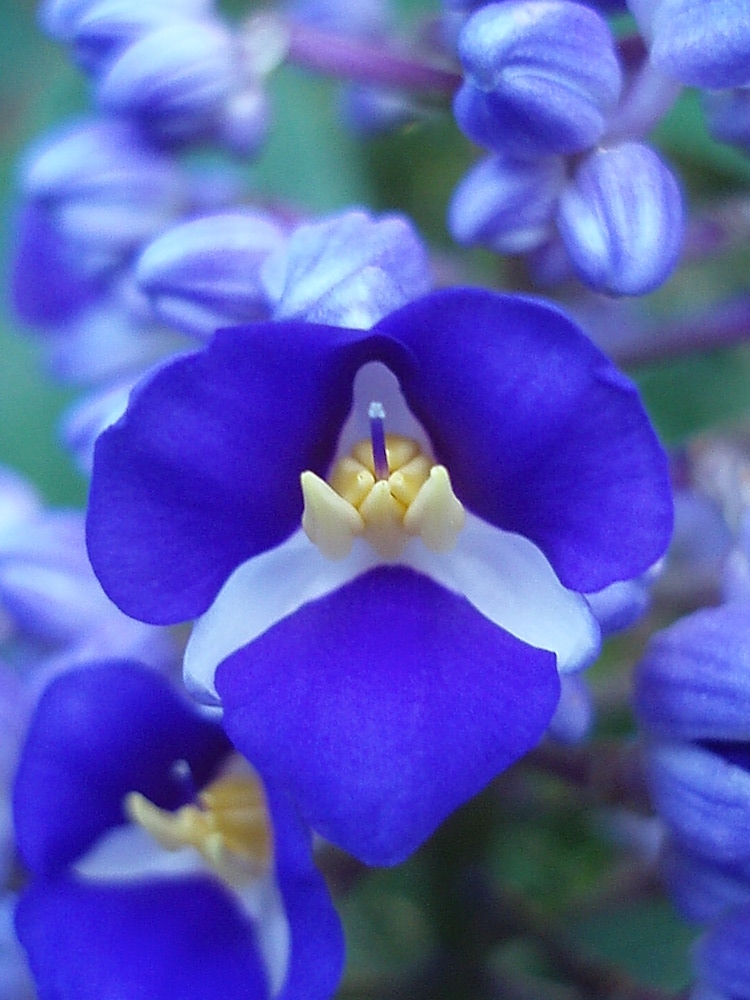
Dichorisandra thyrsiflora or blue ginger
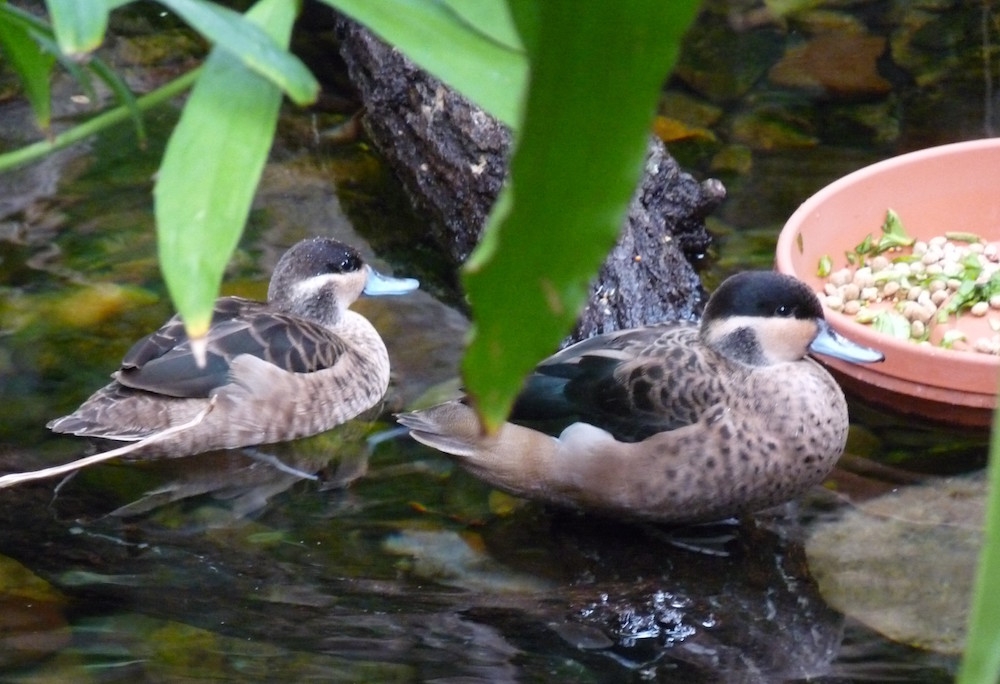
A pair of Hottentot teal (Spatula hottentota) ducks

Clerodendrum × speciosum or glorybower
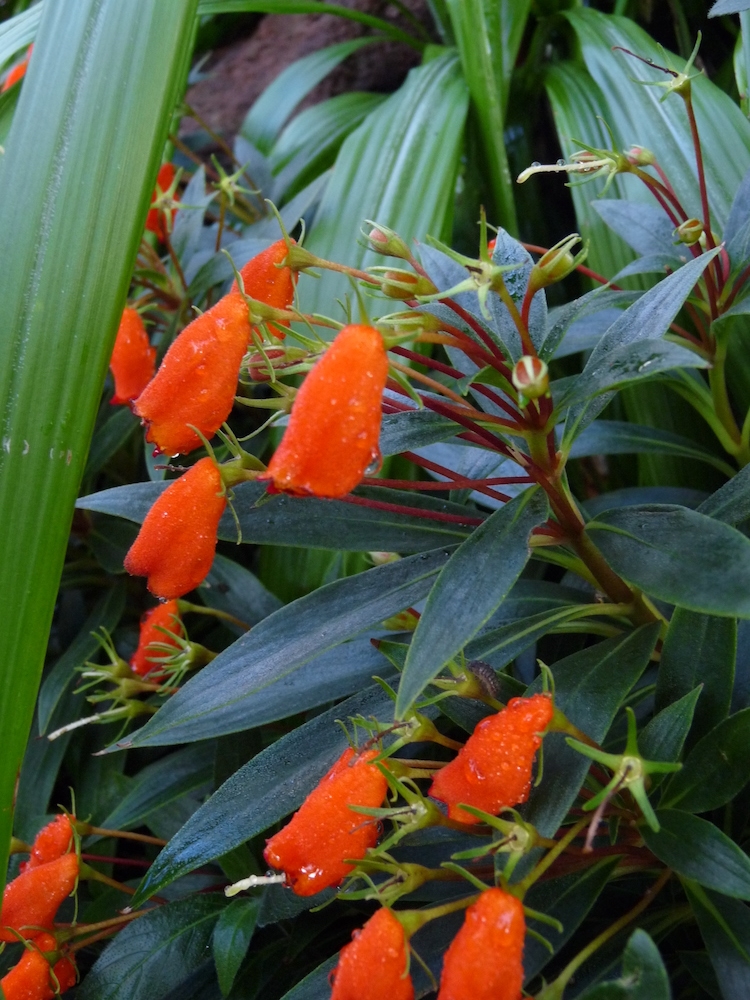
Seemannia sylvatica or Bolivian gloxinia
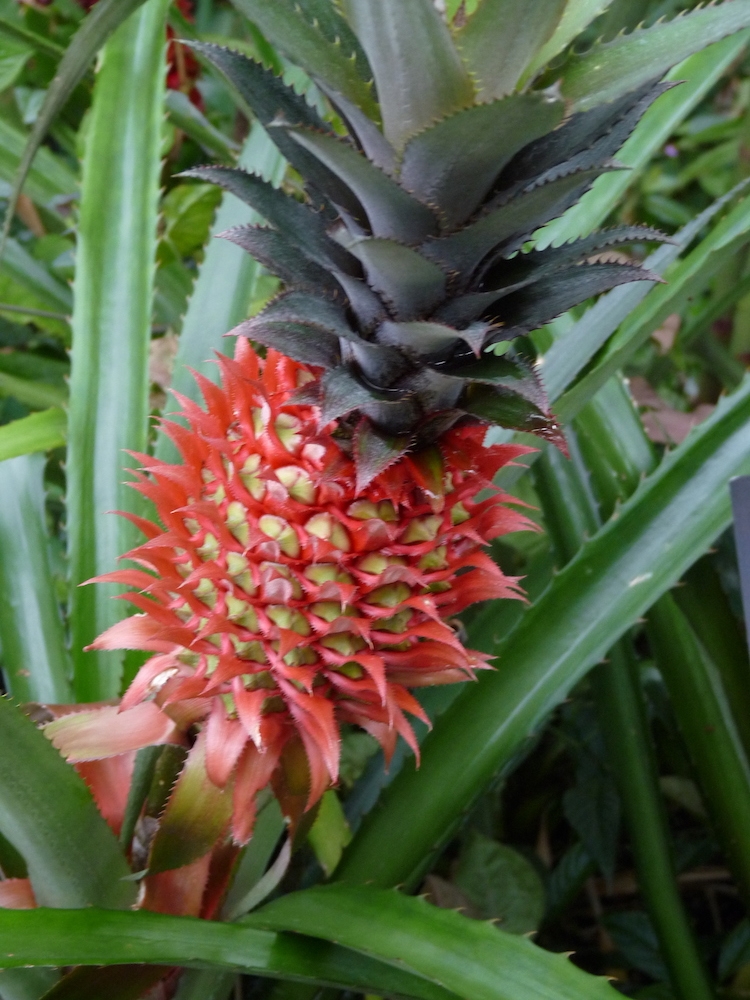
Ananas lucidus ‘Red Smoothie' small ornamental pineapple
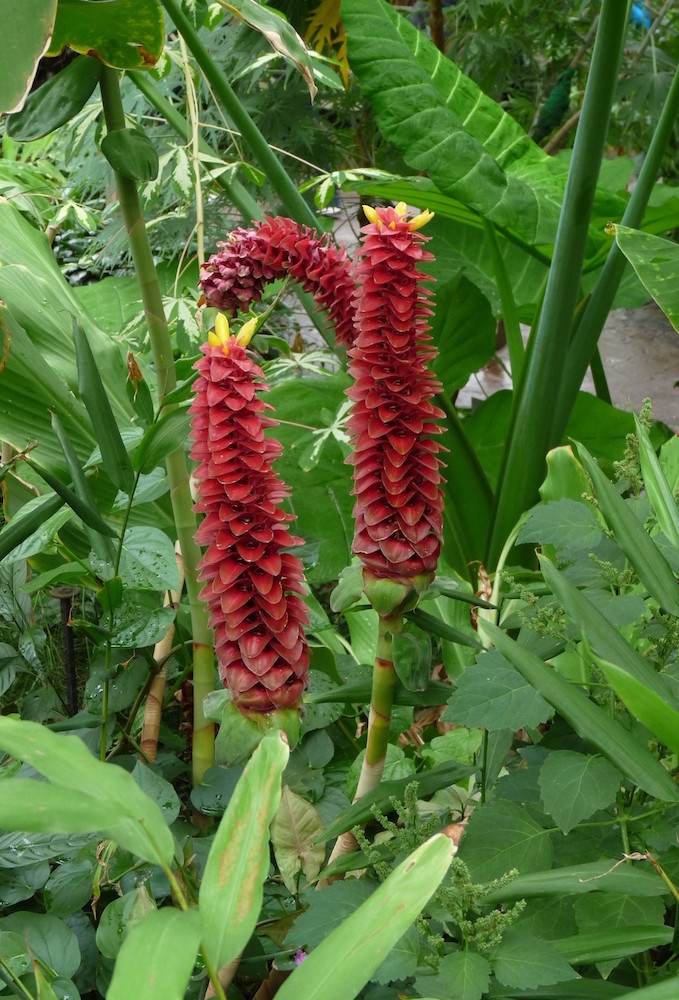
Costus barbatus or spiral ginger
6
photos
Add new comment